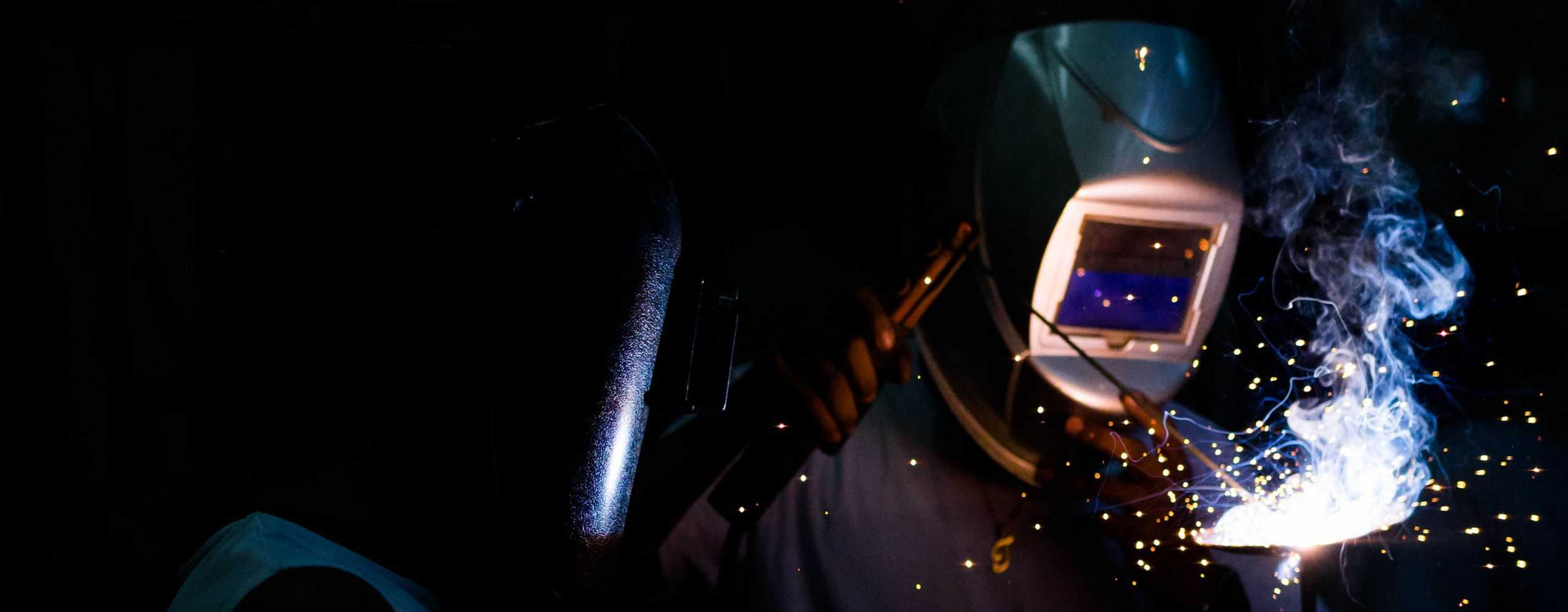Seminar Details
Seminar Title:
Synthesis of 2D Materials and their Characterization
Seminar Type:
Departmental Seminar
Department:
Metallurgical and Materials Engineering
Speaker Name:
Prof.S.N.Alam
Speaker Type:
Faculty
Venue:
M.Tech class room (MM 202E), MM Annex building
Date and Time:
23 Sep 2024 5:15 PM
Contact:
9937917811
Abstract:
Two dimensional materials (2D) are crystalline materials consisting of a single or few atomic layers in which the in-plane interaction is much stronger than the interaction between the planes stacked over each other. With the discovery of graphene in 2004 2D materials have attracted enormous attention due to their unique properties. In 2D materials the atomic layers stacked together are held by weak van der Waals forces. By breaking the van der Waals forces between the adjacent layers the 2D materials can be exfoliated. Understanding of the exfoliation mechanism can provide useful information to optimize and improve the parameters of the exfoliation technique in order to obtain high quality as well as higher yield of 2D materials. This paper presents the results of exfoliation of 2D materials like graphene, hexagonal boron nitride (hBN) and molybdenum disulphide (MoS2) by mechanical method like mechanical milling and chemical routes through the synthesis of graphite intercalation compound (GIC) and by ultrasonication technique. Here, the effectiveness of these techniques in exfoliation different types of 2D materials have been analyzed and the exfoliated 2D materials have been characterized by several analytical techniques to determine the number of atomic layers stacked together in the exfoliated 2D materials. Apart form this the functional groups that were attached to the surfaces of the 2D materials and their thermal stability were also determined. A deep understanding of the different exfoliation techniques can provide fruitful information on how to efficiently achieve high-quality 2D materials by optimizing exfoliating techniques. The recent progress in exfoliation techniques during the last decade will be discussed. Various characterization techniques like x-ray diffraction (XRD), scanning electron microscopy (SEM), high resolution transmission electron microscopy (HTREM), Raman spectroscopy, atomic force microscopy (AFM) and UV-photoluminescence it is possible to determine the number of layers stacked together over each other in a 2D material. Other characterization techniques like Fourier transform infrared spectroscopy (FTIR) and differential scanning calorimetry and thermogravimetric analysis (DSC/TGA) can determine the functional groups attached to their surfaces and the thermal stability of the 2D materials.



